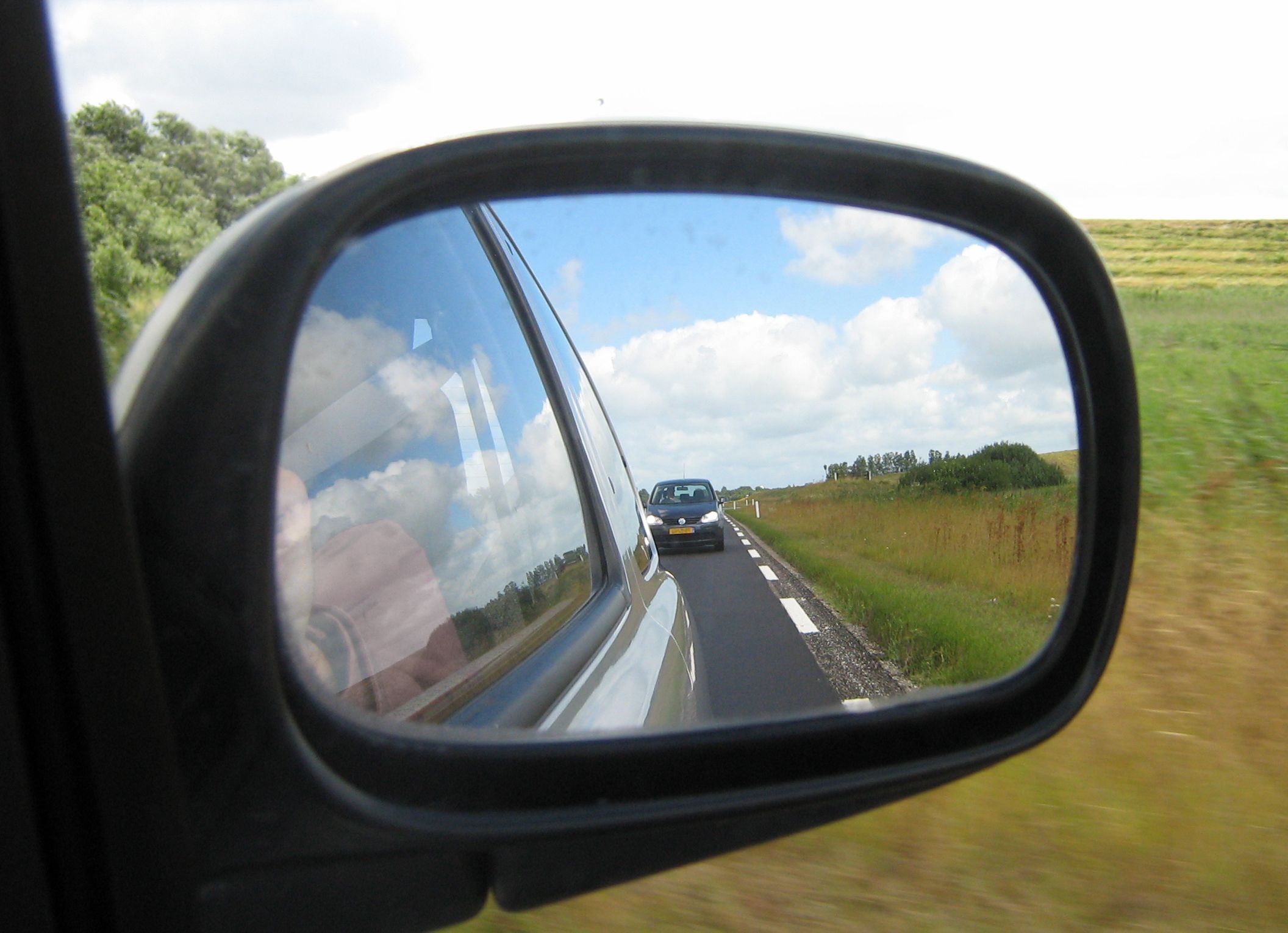In modern times, car mirrors are highly influenced by technology. You will find such amazing designs in car mirrors that you can’t imagine and such amazing selection to choose from.
It is common for car mirrors to be damaged in accidents, loosen due to faulty installation, or in the case of outside mirrors, be pitted by road hazards. Being aware of the different types of mirrors available can save time and benefit your budget when it is the time for you to replace a car mirror.
In every car, there are two main types of mirrors without which you can’t drive safely. They are rear view mirrors and side mirrors or wing mirrors which are designed to minimize the blind spots from a driver’s view side. The rear view mirror which is also known as a rear widescreen is used in all automobiles. These mirrors offer extra visibility and awareness to a driver without him needing to take sight away from the road ahead. They are generally mounted at the top of the front windscreen, but have the flexibility to rotate. Actually, your rear-view mirror is not just one mirror–it has two reflective surfaces. With it, the driver can see backwards through the vehicle’s backlights. The overhead design is possibly the most frequently used in rear-view mirror and the overhead rear-view mirror is mandatory by law in most areas. The best range of view for this mirror is for objects located directly behind and opposite the driver, with blind spots located usually at 90 to 30 degrees opposite the driver. The side view mirrors which are known as wing mirrors are used to look behind the cars and also allow watching the both sides of the car. They are most commonly located outside the car near the front-door support “A” pillar. This kind of mirror is mandatory for only the driver’s side of the vehicle, but most auto manufactures today place them on both sides of the vehicle. They have similar blind spots to the overhead mirror at 30 degrees.
When replacing mirrors, be sure to select those that have the same mounting system as the originals. Identify the year, make and model of the vehicle and how the mirror is adjusted-whether it is adjusted from outside or inside of your vehicle, or it is a powered one with an electrical connection. Select the type, location and finish of the mirror. For the finish of a mirror, you can choose smooth black, textured black, chrome or stainless steel.
For your rear-view mirror replacements, there are a large number of features that you can consider. These features are designed to deal with different problems. Such as light glare, bright lights being reflected off a rear-view mirror resulting light glare can really impede the driver’s vision. It does not appear at sunny conditions. At night, your headlights would also create such problematic glare. So to eliminate such phenomenon, designers have created rear-view mirrors with anti-glare properties. The anti-glare is created by having a wedge-like shaped mirror whose surface is not parallel to the mirror at the back, thus allowing less reflected incoming light. In addition to anti-glare properties, some rear-view mirrors have automatic dimming capabilities also aim at glare elimination. Such mirrors have a forward-looking sensor that detects low ambient light from behind the car. And the mirrors darken automatically in proportion to how bright the glare is, then clear once the glare is no longer detected. The technology applied is called electrochromics. There are also attachments that you can use that hang below the standard rear-view mirror to view the back seat. These mirrors are especially useful for parents who want to keep an eye on their children in the back seats. To enhance your car driving safety, you can buy those small mirrors to reduce blind spots which can be attached on the dashboard or added to the side mirrors. Moreover, you can select a rear-view mirror with video cameras. Add additional features to it with advanced technology, like a compass, temperature indicator, map lights and GPS directional devices.

How to choose the right mirror for your car?
by
Tags:
